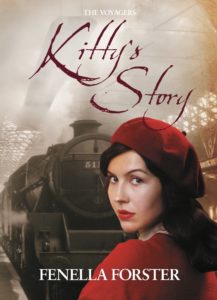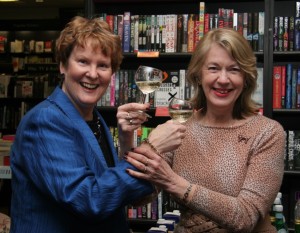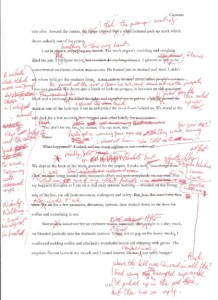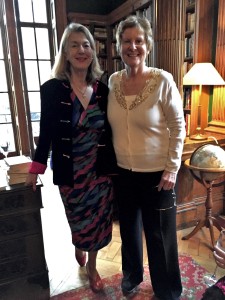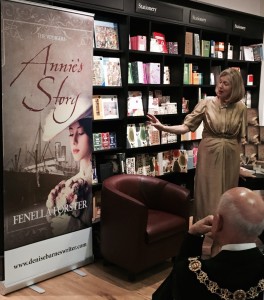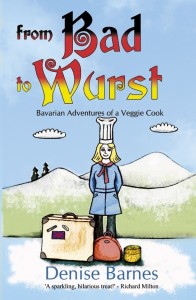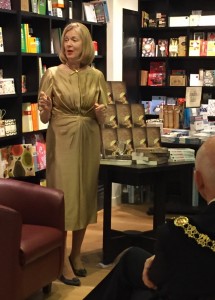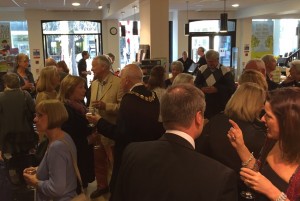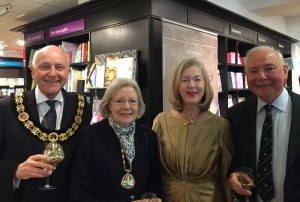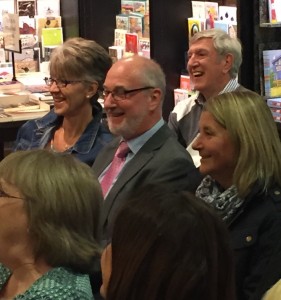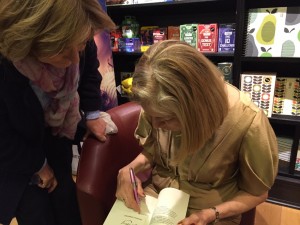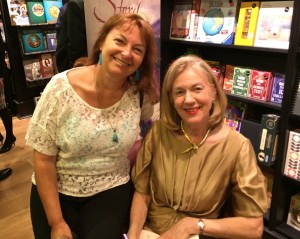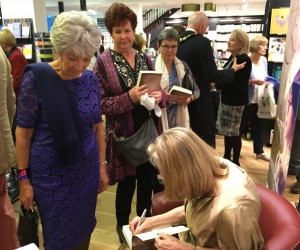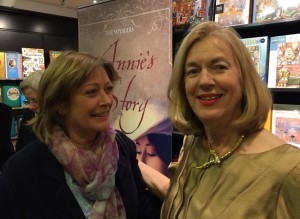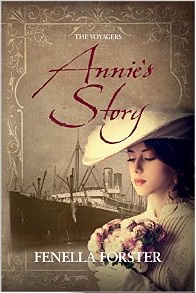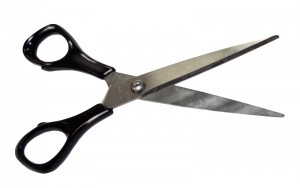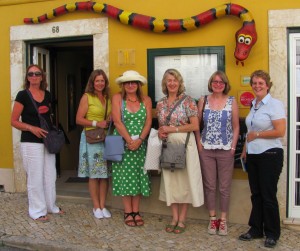 I’m delighted to be part of a line-up of fabulous authors who are normally busy writing books to write a story with a diamond or diamonds taking centre stage. By coincidence I’m in a very pro-active writing group of four women, and we call ourselves ‘The Diamonds’, so it felt natural to write something on this theme.
I’m delighted to be part of a line-up of fabulous authors who are normally busy writing books to write a story with a diamond or diamonds taking centre stage. By coincidence I’m in a very pro-active writing group of four women, and we call ourselves ‘The Diamonds’, so it felt natural to write something on this theme.
I’ve always felt there was a lot of truth in Marilyn Monroe’s song: Diamonds are a girl’s best friend, never letting you down like so many men are apt to do, but unfortunately I’ve never been showered with them – diamonds, that is, not men! However, there was one exception from an elderly lady who became a close friend for a quarter of a century, and my true ‘diamond’ story, published 7th December, stems from this friendship.
The hashtag on social media is #Diamondtales. Today’s story has an intriguing title: When ex-lovers have their uses Helen Hollick. I do hope you enjoy every one of them.
3rd December Richard Tearle Diamonds
4th December Helen Hollick When ex-lovers have their uses
5th December Antoine Vanner Britannia’s Diamonds
6th December Nicky Galliers Diamond Windows
7th December Denise Barnes The Lost Diamond
8th December Elizabeth Jane Corbett A Soul Above Diamonds
9th December Lucienne Boyce Murder In Silks
10th December Julia Brannan The Curious Case of the Disappearing Diamond
11th December Pauline Barclay Sometimes It Happens
12th December Annie Whitehead Hearts, Home and a Precious Stone
13th December Inge H. Borg Edward, Con Extraordinaire
14th December J.G. Harlond The Empress Emerald
15th December Charlene Newcomb Diamonds in the Desert
16th December Susan Grossey A Suitable Gift
17th December Alison Morton Three Thousand Years to Saturnalia
18th December Nancy Jardine Illicit Familial Diamonds
19th December Elizabeth St John The Stolen Diamonds
20th December Barbara Gaskell Denvil Discovering the Diamond
21st December Anna Belfrage Diamonds in the Mud
22nd December Cryssa Bazos The Diamonds of Sint-Nicholaas
23rd December Diamonds … In Sound & Song

